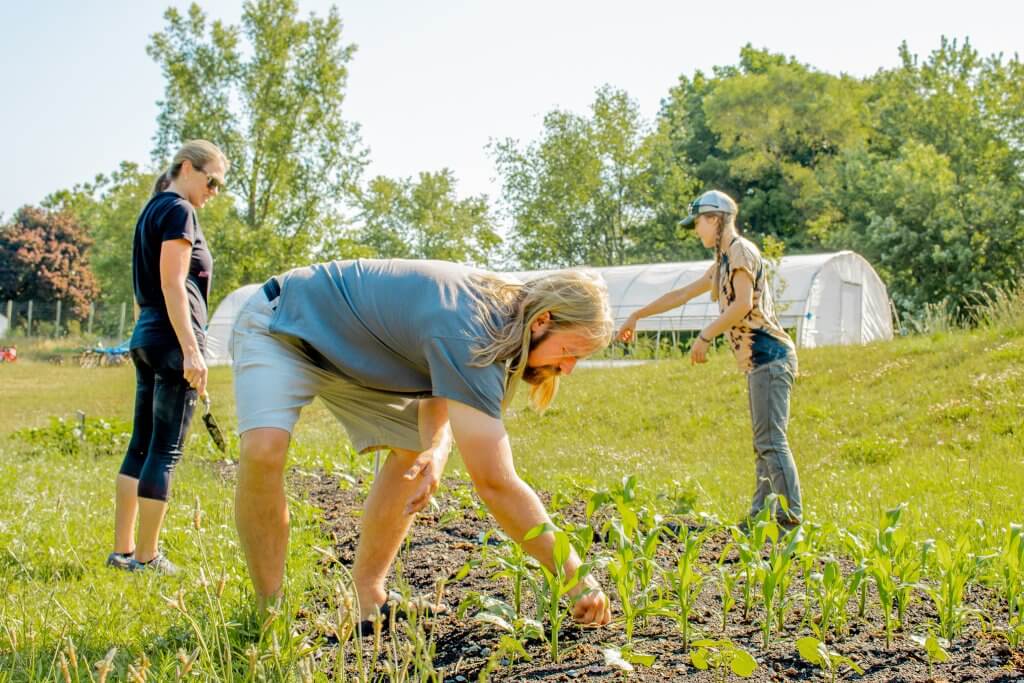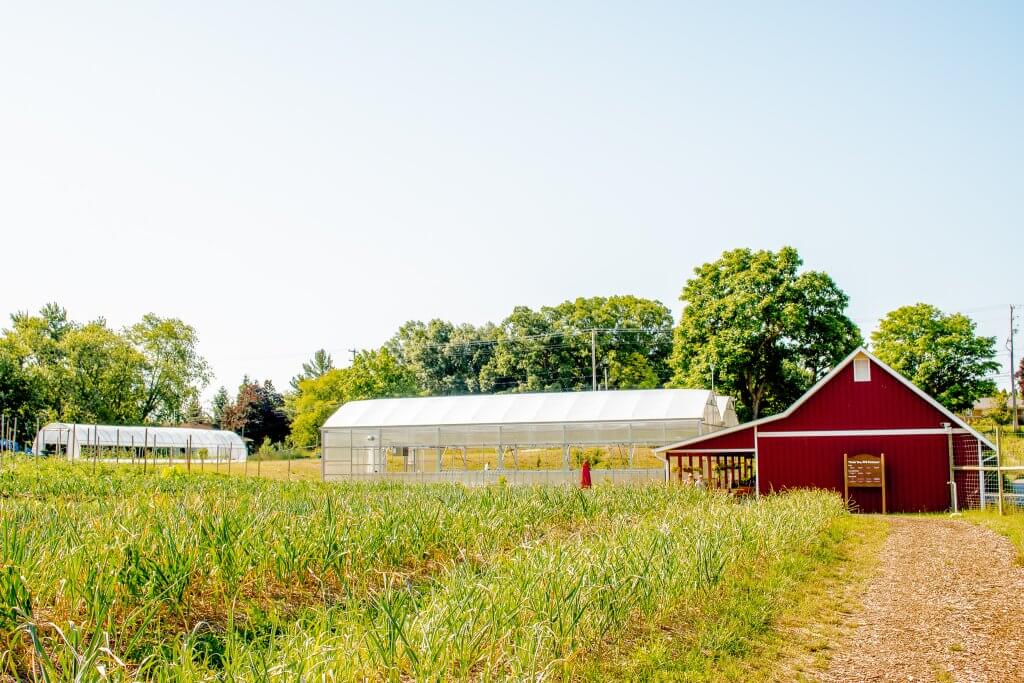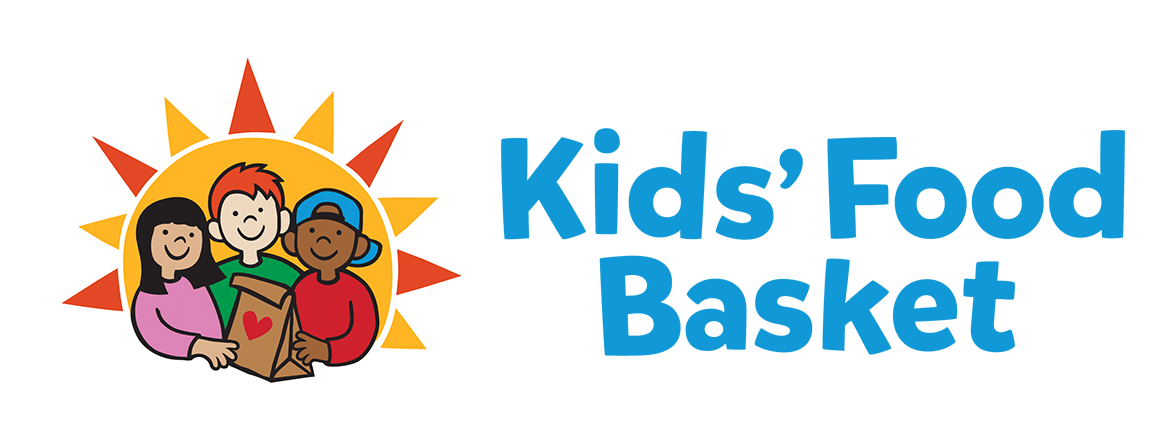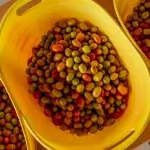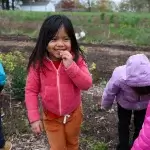Hey Ya’ll!
Welcome to the very first Kids’ Food Basket Farm Friday blog. Let me introduce myself: my name is Jason Lundberg, and I have been KFB’s Farm Manager since 2019. I have been doing this wonderful work for three seasons now, and what an experience it has been! My roots run deep in the farming community with over 30 years in the field, including growing vegetables and fruits for local restaurants and farmers markets.
You may be wondering how the first Kids’ Food Basket farm came to be. President and Founding CEO, Bridget Clark Whitney, was the first to come up with our Grow commitment. Knowing the importance of healthy nourishing produce in the daily diets of children, Bridget went to work seeking out land on which we could grow local food. 1300 Plymouth NE became available for sale and was the last remaining farmland zoned in the city limits. Jackpot! A deal was struck and off we went, converting this gorgeous land for optimization of KFB programs by putting in greenhouses, a wide crop variety and a learning barn.
Creating access for children and families to local, fresh, phytonutrient-rich food was the first goal. This is accomplished in two main ways: Sack Suppers and community partnerships. A lot of our vegetables go directly into Sack Supper evening meals that kids take home daily. However, not all produce is ideal for Sack Suppers, whether it be the vegetable itself or the season it is harvested. For these vegetables, countless pounds are distributed to community pantry partners and farmers markets. For example, onions and garlic are great to cook with, but not a great snack. These crops end up mostly distributed in our community through our valuable partnerships.
Our second intention of creating a farm was the intersectionality of farming and education. The KFB Learn team creates hands-on STEM curriculum, teaching kids in the community to understand why produce is so important, in addition to empowering young children to try growing food themselves. Lessons from the Learn team include seed dissections, a germination station or the ever popular “Eat the Rainbow” taste-testing experience. These are shared with thousands of West Michigan children every year, either in-person or virtually via our online Ground Up Learning Lab. With these initiatives, we are making change for a better future one lesson at a time.
To join me on the farm, visit our volunteer page.
Hope to see you out there!
Farmer J
